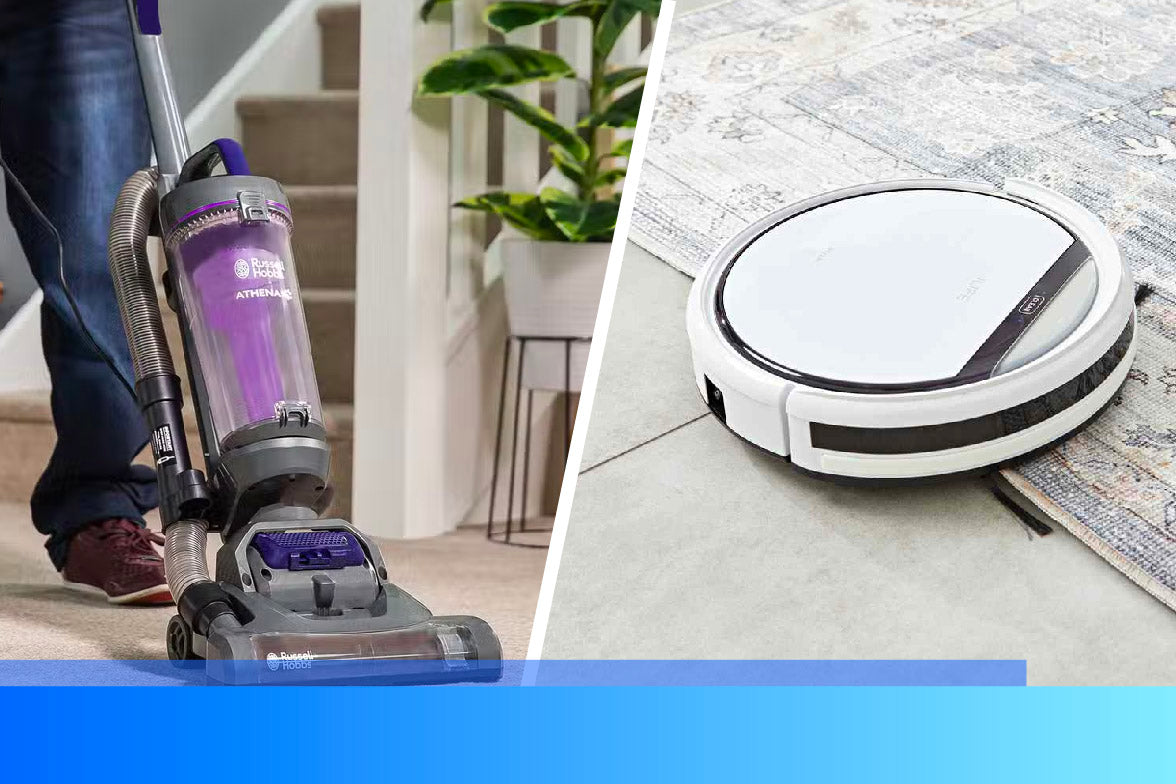Once upon a time, our homes were filled with brooms and dustpans, the go-to tools for maintaining cleanliness. But then, a groundbreaking technology emerged in the housing market, forever changing the laborious task of cleaning. Introducing the Vacuum Cleaner, also known as a Hoover, which revolutionized cleaning, making it faster and more efficient than ever before.
Over the past 50 years, the vacuum cleaner has transcended its functional purpose and become a cultural icon, making appearances in Queen's music videos and sitcoms. Today, a simple internet search unveils a vast array of vacuum cleaners, varying in size, price, brand, and functionality.
The credit for this incredible invention goes to Daniel Hess of Iowa, who patented the first manual vacuum cleaner, called the "carpet sweeper," in 1860. Fast forward to 1901, and John S. Thurman and Hubert Cecil Booth independently created the first powered vacuum cleaners.
In recent times, the Covid pandemic has brought about significant changes in our lifestyles. In an effort to keep the virus at bay, we have become more conscious of cleanliness. Consequently, there has been a surge in online purchases of vacuum cleaners, turning this handy device into a staple in households worldwide.
Among the various types of vacuum cleaners, robotic vacuum cleaners have experienced a massive surge in popularity, with the global market projected to increase by nearly 25%.
Choosing the right vacuum cleaner can be a daunting task, given the wide range of products available. Different vacuum cleaners serve specific purposes and prove useful in various situations, depending on individual needs.
Traditional Vacuum Cleaners have been the most popular type for decades. They offer ease of maneuverability, long handles for a comfortable grip, powerful motors, and wide cleaning coverage. With different attachments, they facilitate deep cleaning, reaching even the trickiest corners. However, they can be noisy and cumbersome to transport and store, especially in compact urban living spaces.
On the other hand, Handheld Vacuum Cleaners are portable, lightweight options ideal for cleaning smaller areas such as vehicles or furniture fabric. They excel at removing dust, dirt, and crumbs from upholstery, curtains, and tables. While compact and easy to store, they may fall short when it comes to cleaning larger areas due to their smaller size and weaker suction power.
Robotic Vacuum Cleaners represent a newer technology, gaining popularity in the last two decades alongside the rise of AI-powered home appliances. These hands-free devices can be controlled or customized using apps or remotes, even when away from home. Equipped with sensors, they navigate rooms, effectively cleaning various surfaces. Scheduled cleaning further enhances the convenience of these time-saving machines. However, they may encounter difficulties maneuvering around furniture and are not suitable for multi-level homes with stairs.
Vacuum-Mop Combo Cleaners serve as efficient alternatives to traditional mops, providing thorough cleaning and the ability to mop up spills effortlessly. Hand-held and 2-in-1 models offer versatility, while robot mop vacuums deliver shining floors. However, these cleaners require frequent emptying and may be more expensive than other options.
When comparing traditional vacuums and robotic vacuums, there is no definitive better or worse choice. Each type has its merits and drawbacks, ultimately depending on personal preferences, lifestyle, and requirements. For busy professionals seeking convenience, robot vacuums are highly recommended. However, factors such as budget, lifestyle, and maintenance needs should be considered before making an informed decision.
It is crucial to research the available features, read reviews, and understand working conditions to find the most suitable vacuum cleaner. If sharing household chores with others, considerations such as cleaning frequency and bin emptying should be taken into account.

